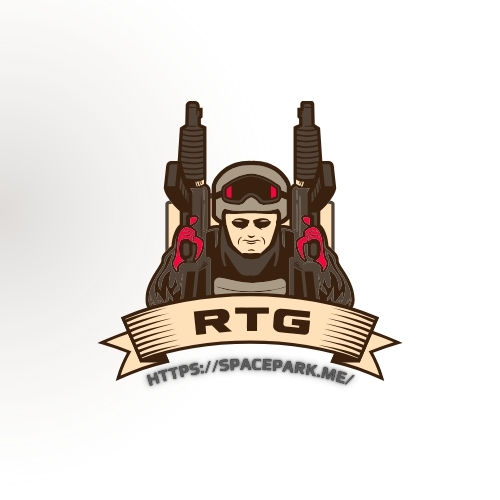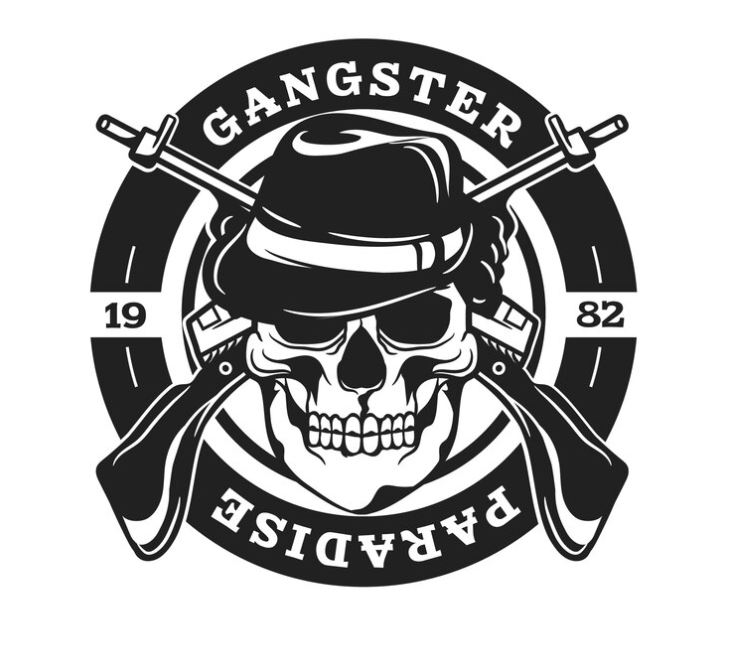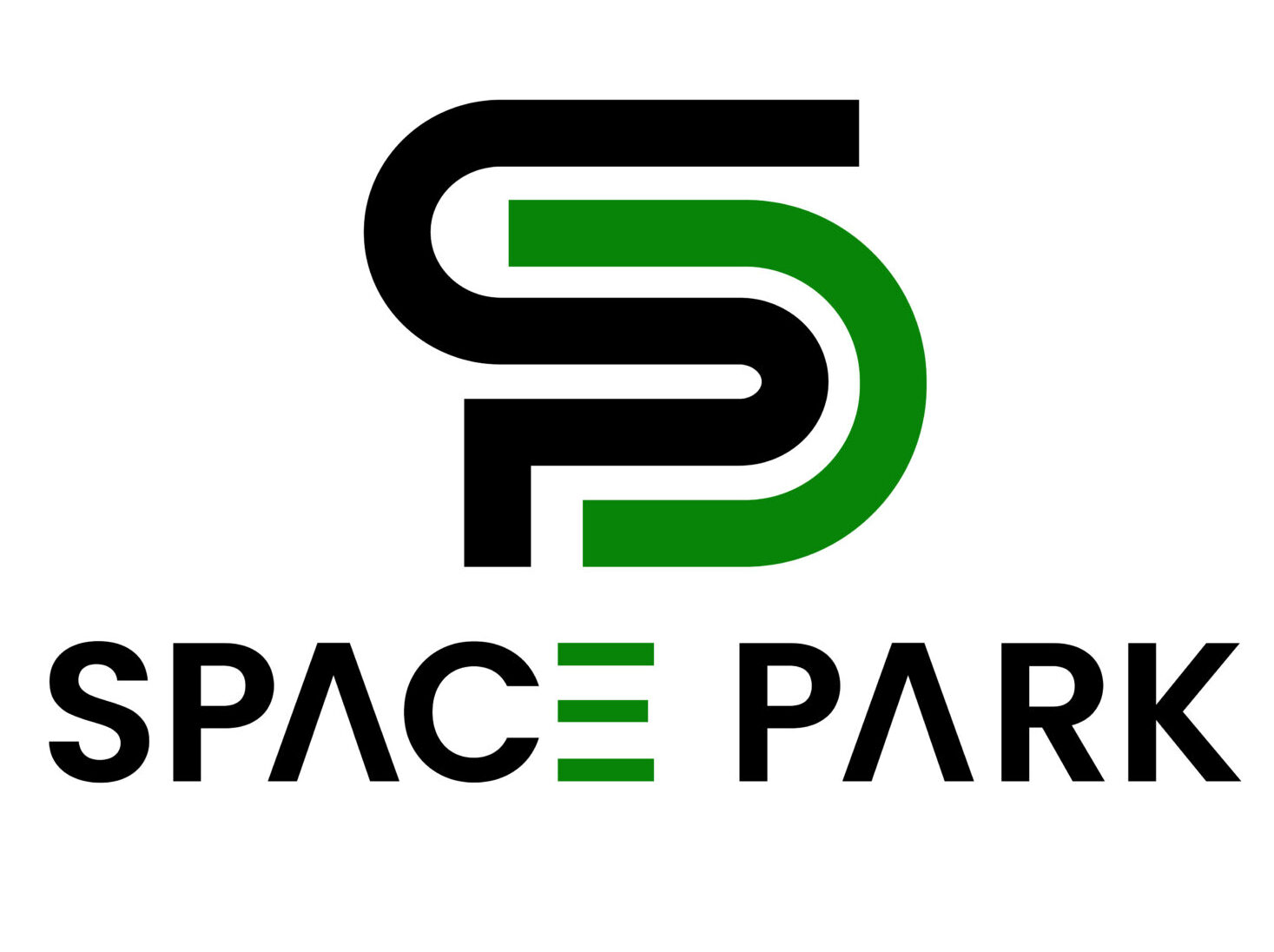Whether you’re a designer looking for inspiration or a brand strategist pondering the next big logo trend, the concept of outlaw gun logo design likely stirs a mix of fascination and controversy. This blog post dives deep into the multifaceted world of gun imagery in logos, exploring its historical roots, ethical dilemmas, and alternatives. By the end, you’ll understand the complexities of creating a logo with gun imagery and the importance of ethical branding practices.
The History of Gun Imagery in Logos

Early Gun Manufacturer Logos
Understanding the historical context of gun imagery in logos begins with the origins of firearm manufacturing. In the early days, gun manufacturers like Colt, Smith & Wesson, and Winchester utilized straightforward and practical designs. These logos often featured firearms illustrations, directly communicating the product and its purpose.
Evolution in Non-Weapon Industries
As time progressed, the use of gun imagery transcended beyond the borders of weaponry. Brands in industries such as security, entertainment, and even fashion began to incorporate gun motifs to signify strength, protection, or rebellion. A prime example is the iconic James Bond logo, where the gun barrel forms the “007” digits, effectively blending sophistication with danger.
Ethical Dilemmas and Public Perception
Ethical Implications
The use of gun imagery in logos raises significant ethical questions. While some view it as a symbol of protection or power, others see it as a glorification of violence. Companies must weigh these perspectives carefully. Ethical branding should aim to avoid promoting violence or insensitivity, especially in today’s socially conscious climate.
Public Reaction Factors
Public perception is complex and multifaceted. Factors such as cultural background, personal experiences, and socio-political context heavily influence how gun imagery is received. For instance, a logo featuring a firearm may be seen as empowering in a self-defense context but could equally be perceived as threatening or aggressive. Understanding your target audience’s values and beliefs is crucial in navigating these waters.
Alternatives to Gun Imagery
Creative Design Alternatives
There are several creative alternatives if the goal is to convey strength or protection without resorting to gun imagery. Symbols like shields, locks, or mythical creatures like dragons can effectively communicate these attributes. Additionally, abstract designs using bold lines and geometric shapes can evoke a sense of power and security without explicit violent connotations.
Successful Non-Violent Logos
Examples abound of successful logos that convey strength without using gun imagery. The lock symbol used by security firms like Norton and ADT conveys protection. Meanwhile, sports brands like Nike use dynamic shapes and robust fonts to evoke vigor and resilience. These examples show that it’s possible to communicate strength and security through non-violent symbols.
Designing an Outlaw Gun Logo

Best Practices for Designers and Businesses
For those determined to incorporate gun imagery, following best practices to mitigate potential backlash is essential. Start with thorough market research to understand your audience’s stance on gun imagery. Use subtlety and abstraction rather than direct depictions to soften the impact. Additionally, consulting with ethical branding experts can provide valuable insights and recommendations.
Key Elements
Consider elements such as color, composition, and context when designing an outlaw gun logo. Darker hues can add a sense of mystery and danger, while lighter colors may soften the overall impact. The composition should balance the gun imagery with other elements to avoid a gratuitous or aggressive appearance. Contextual elements like surrounding icons or text can also influence the overall message, making it more nuanced and balanced.
The Role of Regulation and the Law
Guidelines and Laws
Various regulations govern the use of gun imagery in branding. In some regions, depicting firearms in advertising and branding is strictly regulated or prohibited. Familiarize yourself with local laws to ensure compliance. Additionally, industry-specific guidelines may apply—such as rules for advertising in the entertainment or security sectors.
Case Studies
Several companies have faced legal challenges due to their use of gun imagery. For example, a popular video game was once forced to modify its logo after public backlash and legal scrutiny over its portrayal of firearms. These case studies serve as cautionary tales, highlighting the significant of considering legal ramifications in the design process.
Conclusion
Crafting a logo incorporating gun imagery is a complex endeavor fraught with ethical, social, and legal considerations. While such designs can be powerful and evocative, they must be approached with caution and responsibility. By adhering to ethical branding practices, businesses can create logos that resonate positively with their audiences while avoiding unnecessary controversies.
In today’s world, where branding holds significant influence, businesses must consider the broader impact of their visual identities. Whether you incorporate gun imagery or explore alternative symbols, always prioritize ethical considerations and the potential societal implications. The future of logo design lies in creating visuals that are not only impactful but also responsible and respectful.
